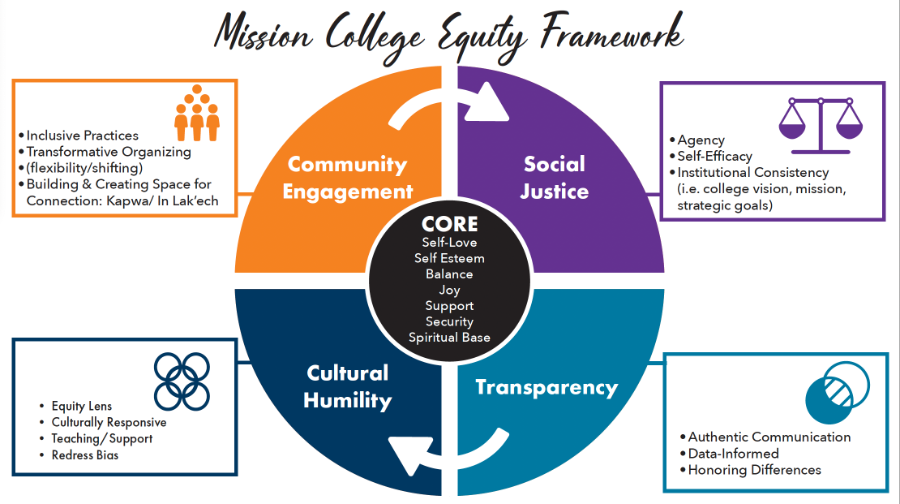
Education Equity
Education equity means that no student is disadvantaged because of race, color, gender, or any other factor when it comes to access to education resources, education opportunities, and necessary support. It is more than mere equality,(Leadership in Education) where applicants are treated as equals, all to get fair outcomes that respond to the student’s needs. Redressing education system inequities, equity brings forth the reform in ensuring that everyone attains his or her potential as society’s member.
What Is Education Equity?
Education equity refers to the availability and distribution of quality education with no discrimination. While equality brings in similar tools and instructions to all learners such that the poor, the blacks, the Asian or Hispanic, those in the rural areas, and those from urban ‘ghettos’ are treated in the same manner, equity takes into consideration these factors. It aims at individualization of services, which will help to remove the clients’ limitations and help each learner succeed.
Thus, The following section aims to provide more explanation to the question: Why is education equity important?
- Bridging Socio-Economic Gaps
Some of the problems that students struggle with include poverty, lack of access to technology, and poor funding. It helps these students get such basic needs as scholarships, internet connection, or extra coaching among other necessities.
2. Cultivating an Understanding of Culture
Equity makes every individual feel important by welcoming the divergent qualities of the learners. Equity Schools promote the development of appreciative, cooperative, and world-oriented minds.
3. Educational achievement for low-income young people
If students are provided with specific academic requirements to fit their conditions, achievement levels, and turnover rates rise thus enhancing the public good.
Look video for more information
Strategies for the realization of education equity
- Fair Funding: You should disburse the resources in the school according to their needs rather than following the standard protocols.
- Access to Quality Teachers: Recruit, prepare, and station qualified teachers within needy areas.
- Technology Inclusion: Make learning devices and the internet accessible at little or no cost for the learners.
- Culturally Relevant Curriculum: Organize the material in such a way that all students can relate to the subject matter and guide the students, getting them to learn from different people and cultural practices.
- Community Engagement: Engage parents, local groups, and policymakers in dealing with learning issues.
This paper aims to explore the specific differences in challenges faced by states when implementing education equity.
Funding Disparities: The need is great in schools that are located in low-income areas because they lack adequate resources.
Bias and Discrimination: Organizational structures are barriers to equality.
Resistance to Change: That is why some of the stakeholders may not be willing to adopt new approaches.
Conclusion
Education equity remains a key component of achieving a society that is productive and that is culturally diverse. It works on the principles of equity where it makes its best to put every learner on the same level as the others so that all can succeed. Meeting this goal requires commitment, change, and cooperation from every society strand. Only together we shall be able to outline a better future, in which education becomes the inalienable right of every person on the globe.






One thought on “Education Equity: Ensuring Fair Access to Learning.”